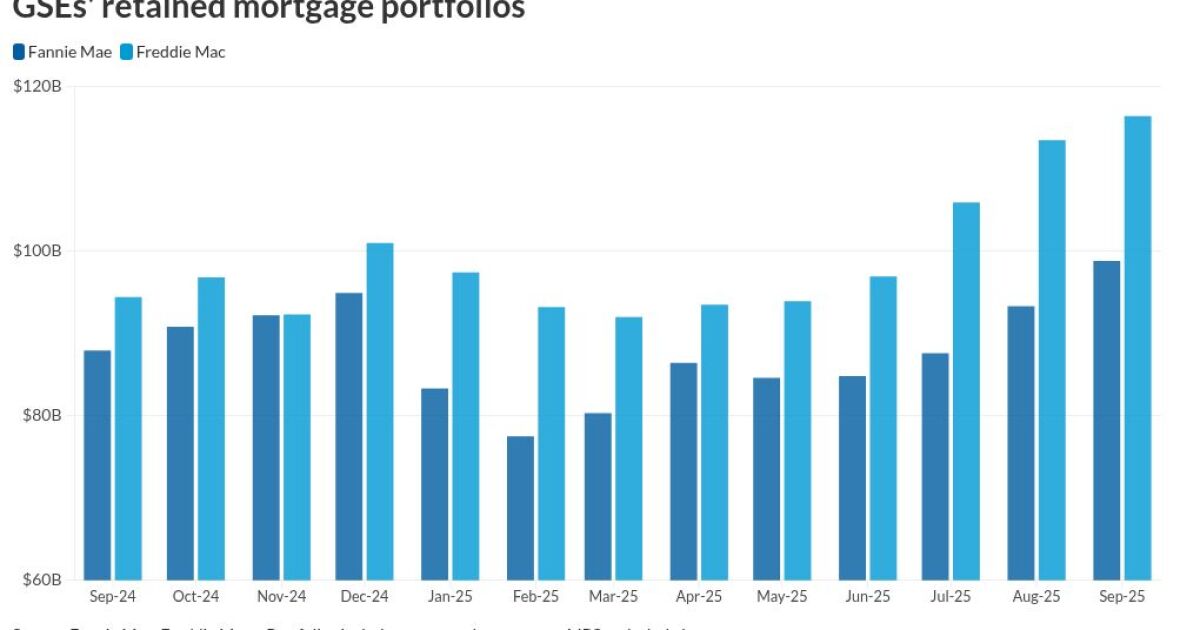
- Forward look: The partners behind a new fund to finance affordable housing believe they can build a business by allocating CRA-related capital from banks for this kind of project.
- Expert quote: "We found a capital stack that has really never been institutionalized," said Bryant Group Ventures Founder John Hope Bryant.
- Supporting data: The U.S. is short more than 7 million affordable housing units, according to a recent survey by the National Low Income Housing Coalition.
A Los Angeles-based real estate firm and a for-profit venture led by the financial literacy activist John Hope Bryant have raised close to $100 million in equity from banks for a fund that will invest in low-income multifamily housing.
Bryant and Avi Shemesh, the co-founder and principal of L.A.-based CIM Group, hope to raise another $200 million in equity from banks, which would boost the fund's investment capacity to $1 billion.
And the partners don't intend to stop with this fund. They plan to create a family of funds leveraging Community Reinvestment Act-related capital from banks to preserve and develop much-needed affordable housing throughout the country.
"This is literally just the beginning," Shemesh told American Banker. "We believe many other institutions will follow. It will become contagious."
"We found a capital stack that has really never been institutionalized," Bryant said. "If you hit the CRA mandates — investment, lending and services — then you are able to access bank equity and debt with return thresholds so that you can provide affordable housing on a sustainable basis."
Bryant's for-profit enterprise, Bryant Group Ventures, and CIM Group announced the fund's launch Monday.
Its initial closing attracted support from the $544 billion-asset Truist Financial, the $92 billion-asset Flagstar Bank and City National Bank, which is a $93-billion-asset unit of Royal Bank of Canada. The scale of those three banks' investments were not disclosed.
"Too many families across the country are struggling to find stable, affordable housing," Flagstar CEO Joseph Otting said in a press release. "We see CRA investments as part of a broader solution, helping communities expand access to housing, stability, and opportunity."
Adey Tesfaye, City National's head of community reinvestment, called the fund "a strategic opportunity to advance housing stability and promote financial mobility for low-to-moderate income individuals and families.
Bryant is the founder of Operation Hope, a nonprofit group that provides financial literacy coaching to low-income individuals. He has established links with many of the country's largest banks, including some that host Operation Hope representatives in their branches.
Bryant has also called for reforming the CRA with the aim of encouraging development in underserved neighborhoods. He believes the new fund, known as the CIM-BGV Affordable Housing Impact Fund, helps do just that. More affordable housing strengthens communities. At the same time, residents in projects supported by the fund will have access to financial counseling from Operation Hope.
"This is an emerging market at the community level," Bryant said. "If you nurture them, they become safer. Wellness grows. You start to create an economy that is self-generating, including increasing credit scores. Now, the people can access credit from banks. Now we're talking real business, which is the ultimate sustainable business model. Not charity. Not handouts."
CIM Group, founded more than 30 years ago, has a lengthy track record in real estate investing and development, including in multifamily housing.
"We've been doing this a long time now, since 1994," Shemesh said. "Our focus has always been to identify needs and fulfill those needs. If we address the needs of communities, we'll be able to generate outsized returns."
The U.S. is short about 7.1 million rental units deemed affordable for people with low incomes, according to a March 2025 survey by the National Low Income Housing Coalition. That gap is down slightly from 2022, but the existing housing supply provides only 35 units for every 100 low-income renter households, the report found.
The CIM-BGV fund plans to acquire existing multifamily properties and develop new ones. Bank investors can acquire CRA credit as a result of the fund's affordable-housing focus.
Signed into law by President Jimmy Carter in 1977, the Community Reinvestment Act has grown into a foundational regulation for the banking industry. The law requires regulators to evaluate how well banks meet the credit needs of the markets they serve. Institutions are graded in three categories: lending, service and investment.
Banks invest tens of millions of dollars annually in low–and-moderate-income neighborhoods under the CRA. The spending is well-intentioned, but it's allocated episodically and inefficiently, according to Bryant.
"You've got a church in Baltimore, a developer in Seattle, a project in San Francisco, and none of that is going to repeat," Bryant said. Banks "do a project and move on to something else."
In recent years, however, there have been other efforts to pair high-level real estate management capabilities with CRA-related investment capital. Brunswick, Maine-based CEI Boulos Capital Management has launched a total of four impact investment funds in partnership with the $9.1 billion-asset
At $25 million,
The BGV-CIM fund is significantly larger. It also differs in its singular focus on affordable multifamily housing.
Bryant said he and CIM have been working on their fund "for a couple of years." They began fundraising in August and completed the first closing, including the investments from Truist, Flagstar and City National, on Oct. 17.
With cash now in hand, the BGV-CIM fund expects to begin closing deals in the next few months. The fund's initial key markets are Southern California, Georgia, Florida and the Washington, D.C., and New York metropolitan areas.
For his part, Shemesh said he wants the fund to have staying power. The projects that the fund brings on line will last at least through its 10-year lifetime.
"Housing is one of the best ways to create a sense of security in a community," Shemesh said. "You put in apartment buildings, people walking their dogs, and the lights are on. Safety increases many-fold."
""This is not about flipping properties," Shemesh added. "This is about being in those communities for a long time, which is what we do."



